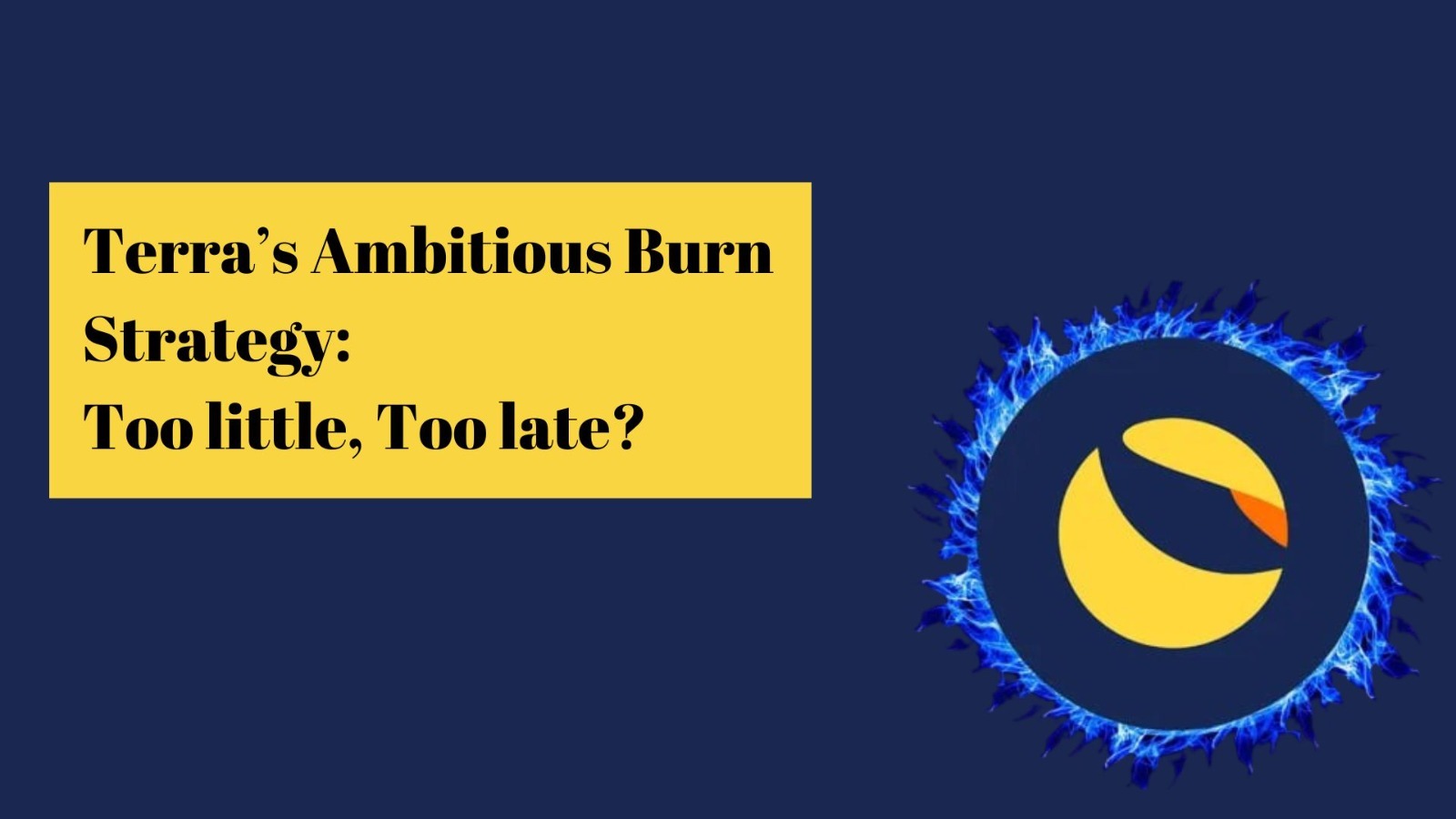Ever heard of Bitcoin but found it a bit too, well, cryptic? No worries! We’re here to break it down in a way that even your grandma could understand. So grab your favorite snack, get comfy, and let’s dive into the world of Bitcoin.
What is Bitcoin?
Bitcoin (BTC) is a type of digital currency, also known as cryptocurrency. Imagine it as money that lives on the internet and doesn’t need banks to move around. It was created to be a new kind of money that anyone can use, anywhere, without needing to ask permission from a bank or government. (or any third party)
Bitcoin first hit the scene in 2009, thanks to a mysterious person (or group) called Satoshi Nakamoto. Think of them as the Willy Wonka of the digital money world, minus the chocolate river.
When was Bitcoin discovered?
The Early Days
Back in August 2008, a website called Bitcoin.org popped up. It was the first sign of Bitcoin, created by an anonymous individual called Satoshi Nakamoto. Then, in October 2008, Nakamoto announced on a cryptography mailing list: “I’ve been working on a new electronic cash system that’s fully peer-to-peer, with no trusted third party.” Basically, they said, “Hey, I’ve got this cool new idea for money.”
The Genesis Block
Fast forward to January 3, 2009, and the first Bitcoin block was mined. This first block, known as the Genesis Block, is like the first page of a book where Bitcoin’s story begins. Inside this block was a message:
“The Times 03/Jan/2009 Chancellor on brink of second bailout for banks,” highlighting why Bitcoin was created – to be an alternative to traditional banking.
Bitcoin Mining: Digital Gold Rush
Mining Explained
Bitcoin mining is like digging for gold, but instead of using a pickaxe, miners use computers to solve complex math problems. When they solve one, they get rewarded with new Bitcoins.
Imagine you and your friends are in a race to solve a really tough puzzle. The first one to solve it gets a prize. In Bitcoin’s world, this prize started at 50 Bitcoins in 2009, but it gets cut in half every four years. This year Bitcoin reward for miners were cut by half after the Bitcoin halving happened.
Additional Read: What is Bitcoin Halving?
Mining Hardware
Back in the day, you could mine Bitcoin with your regular home computer. Now, it’s more like trying to win the lottery. Professional miners use super-specialized computers called ASICs, which are like the Ferraris of the mining world. These bad boys can solve puzzles much faster than your laptop.
How to Use Bitcoin?
Buying Bitcoin
If mining sounds like too much work, you can just buy Bitcoin. Think of it like buying a digital Pokémon card. You can buy whole Bitcoins, but most people just buy tiny pieces because one Bitcoin can be worth a lot of money.
You can buy Bitcoin on exchanges like Coinbase, where you trade real money (like dollars) for Bitcoin.
Spending Bitcoin
Bitcoin can be spent just like cash, but digitally. Some stores and websites let you pay with Bitcoin. They usually display a sign saying, “Bitcoin Accepted Here.” To pay, you use a digital wallet, which is like a fancy app that holds your Bitcoin.
Investing and Speculating
Many people buy Bitcoin as an investment, hoping its value will go up. Picture it like buying stocks or gold. The price can go up and down a lot, sometimes very quickly. It’s a bit like riding a roller coaster – thrilling but not for the faint-hearted.
Risks of Bitcoin
Bitcoin is exciting, but it’s not all sunshine and rainbows. Here are some risks to keep in mind:
Volatility
Bitcoin’s price can be as unpredictable as a cat on catnip. It might be worth a lot today and much less tomorrow.
Security
While Bitcoin itself is pretty secure, the exchanges where you buy it can be hacked. It’s like keeping your cash in a vault but having the vault in a glass house.
Regulation
Governments around the world are still figuring out how to regulate Bitcoin. Today it’s okay, but tomorrow it might be different. It’s like playing a game where the rules might change at any moment.
How Does Bitcoin Work?
Blockchain Technology
Bitcoin runs on something called a blockchain, which is like a giant, super-secure digital ledger. Every time someone makes a transaction, it’s recorded on this ledger, which is shared across many computers around the world. This makes it really hard to cheat.
Hashing and Encryption
Bitcoin uses a special kind of math called SHA-256 to keep everything secure. Think of it like a secret code that turns all the transaction information into a string of letters and numbers. This code can’t be changed without changing all the previous codes, which is practically impossible.
Mining Pools
Because mining alone is so tough, many miners join pools. It’s like joining a lottery syndicate where everyone buys tickets together and shares the prize if they win. This way, miners get more frequent, smaller rewards instead of waiting ages for a big one.
How to Buy Bitcoin?
Choosing an Exchange
To buy Bitcoin, you’ll need to pick an exchange. Think of it as choosing a market where you can trade your dollars for Bitcoin. Some popular exchanges are Coinbase, Binance, and Kraken.
Creating an Account
You’ll need to create an account on the exchange, which involves some ID verification – kind of like opening a bank account. Once that’s done, you can deposit money and start buying Bitcoin.
Bitcoin Investment: Risk vs. Reward
Investing Strategies
Investing in Bitcoin can be rewarding but risky. Some folks treat it like buying and holding gold, while others trade it frequently to profit from price changes. It’s like choosing between planting a tree and watching it grow or trading baseball cards for quick gains.
Market Trends
Bitcoin’s price often follows trends in the stock market but with much more dramatic swings. It’s like watching the weather – sometimes sunny and calm, other times a full-blown storm.
Conclusion
Bitcoin is an exciting new kind of money that lives on the internet. It can be mined, bought, spent, and invested in. However, it comes with risks, just like any other investment. Whether you’re looking to use Bitcoin for everyday purchases or as a long-term investment, it’s crucial to understand how it works and the potential pitfalls.

A.k.a – alpha girl. Vinita is the founder of Alphachaincrypto. An English Lit Majors, Vinita bumped into Web3 in 2020 only to realise that tech was her calling. Later, Mathreja worked for some notable brands like Near Education, Biconomy, CoinDCX and top of the line crypto start ups.





